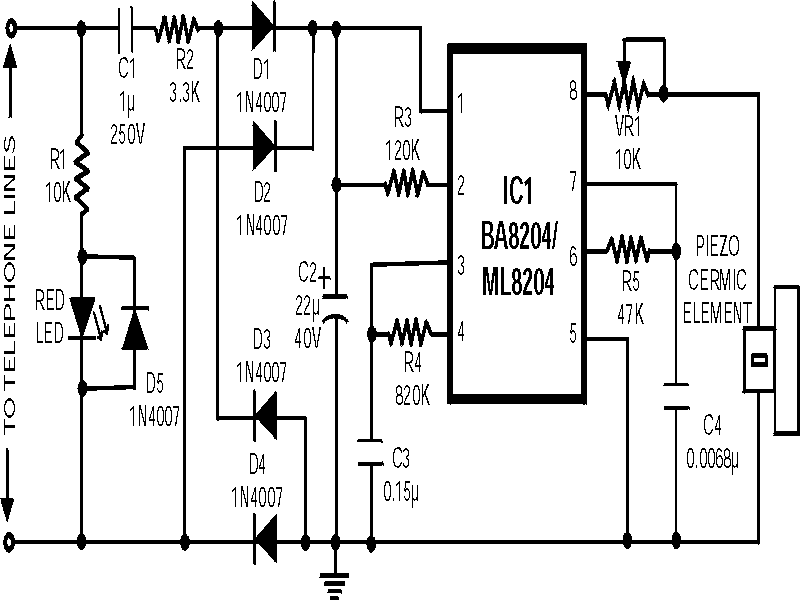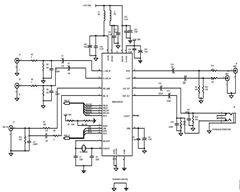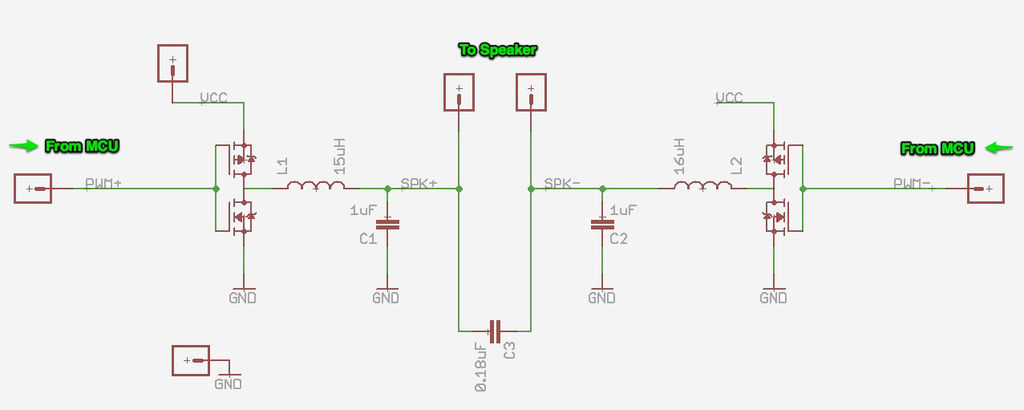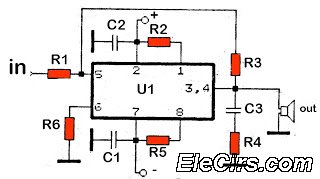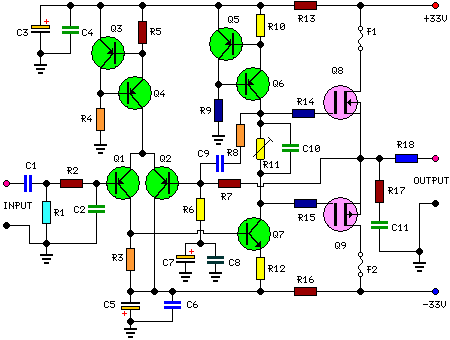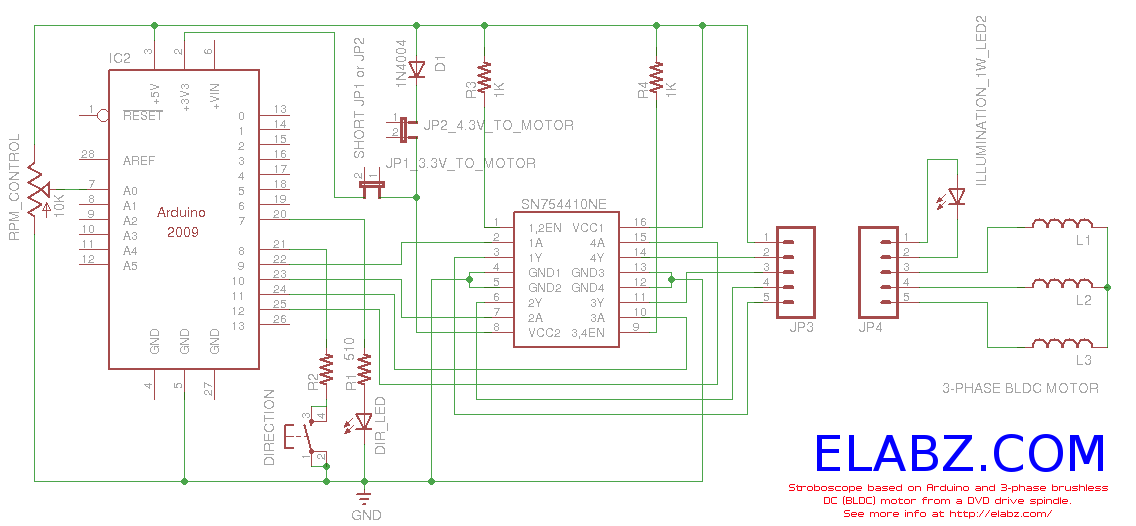
Arduino Audio DAC Options
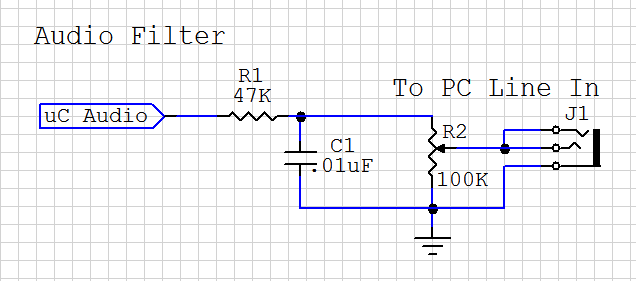
DAC stands for Digital to Analog Converter. This article explores the code created by Michael Smith for a PWM-based DAC. The code has been modified to allow for experimentation with various DAC options. A comparison is made between the 8-Bit PWM DAC and the R2R DAC using different bit resolutions. The results may be surprising, particularly regarding the performance of a 4-bit DAC. Several sound samples for the different DAC configurations are included, along with software abstraction that facilitates multiple DAC options. This article is part of a series on Arduino Sound Generation, with the decision made to eliminate the Part 1, 2, 3 distinction, as much of the content is independent of previous articles. Among the various sound generation methods, the DAC approach is deemed the most versatile. A Digital to Analog Converter functions by converting a binary/digital value into an analog/voltage value. An 8-Bit DAC converts binary values ranging from 0 to 255 into an analog voltage from 0 to 5V. The specific voltage range depends on the DAC configuration, but for most applications, 0 to 5V is suitable. Since analog signals, especially sound, require a swing around 0V, the DAC is often biased so that mid-scale represents 0V. If the DAC outputs from 0 to 5V, a bias is applied so that 2.5V corresponds to 0V. By generating output signals so that half-scale is 2.5V, AC coupling can be employed to achieve a +/- 2.5V swing. The concept of half-scale biasing may seem complex initially, but it becomes straightforward once understood. Essentially, half-scale is designated as zero, meaning any values above are positive and those below are negative. In an 8-bit converter, the Most Significant Bit (MSB) can serve as a sign bit to facilitate this conversion. For instance, the decimal value 128 is represented as 10000000 in binary, where the MSB is set, indicating half-scale within the 0-255 range. The MSB acts as a sign bit, where 1 indicates positive values and 0 indicates negative values. By applying this half-scale bias, any digital number representing sound data can be transformed into a suitable value for the DAC. The initial step involves converting the number to a range of +/-127 and adding 128, resulting in an analog signal that swings from 0 to 5V, with the original zero point set at 2.5V. This 2.5V bias can be eliminated in hardware using a simple series capacitor, which is often unnecessary in most applications. For instance, using a sound card line input for these experiments already includes a series capacitor, providing AC coupling, which ensures that the signal oscillates symmetrically around 0V. The +/- voltage swing is maintained around the average DC level by the capacitor. While there is a frequency response associated with the series capacitor, the value is typically large enough to avoid issues within audio frequency ranges. The circuit diagram illustrates the setup used to connect the various DAC outputs to a PC sound card input. A series resistor and capacitor to ground create a simple filter that attenuates high-frequency noise generated by the DAC's rapid voltage transitions. This filter effectively removes high-frequency components. A 100K variable resistor (POT) allows for adjustment of the output voltage level for each DAC. It is essential to keep the line input within the 1V Peak to Peak range or +0.5 to -0.5 range. Since the sound card includes AC coupling, adjusting the amplitude using this POT functions as a voltage divider. Additionally, both the right and left channel inputs are connected to the filtered output.
The digital-to-analog conversion process is critical in applications where digital signals need to be transformed into analog waveforms, such as audio signal generation. The DAC's ability to modulate output voltage levels based on digital input allows for precise control over sound characteristics. The PWM-based DAC implementation is particularly advantageous due to its simplicity and cost-effectiveness, making it suitable for hobbyist projects and educational purposes. The choice of an 8-bit resolution provides a balance between sound quality and processing complexity, while higher resolutions can be explored for applications requiring finer audio fidelity. The inclusion of sound samples serves to illustrate the practical differences between various DAC configurations, providing a valuable reference for users to understand the impact of bit resolution on audio output. Furthermore, the software abstraction layer enhances flexibility, enabling users to switch between different DAC types without significant code alterations. This modularity is essential for rapid prototyping and experimentation in sound synthesis projects. The circuit design, featuring AC coupling and filtering, is crucial for ensuring clean audio output, avoiding distortion, and maintaining signal integrity. Overall, the exploration of DAC options, particularly in a microcontroller environment like Arduino, showcases the versatility and potential of digital-to-analog conversion in modern electronics.DAC is short for Digital to Analog Converter. In this article we play around the code Michael Smith created for a PWM based DAC. I modified his code so that other DAC options could be tried. I compare the 8-Bit PWM DAC with the R2R DAC at various numbers of bits. You might be surprised at how well a 4-bit DAC sounds. This article includes several sound samples for the various DAC options and demonstrates some software abstraction that allows for multiple DAC options. This article is part of the series on Arduino Sound Generation. I decided to drop the Part 1, 2, 3 distinction as much of the content is not dependent on the previous articles.
Of all the various methods of sound generation the DAC method seems most versatile to me. As mentioned before DAC is a common short name for Digital to Analog Converter. Basically a binary/digital value is converted to an analog/voltage value. An 8-Bit DAC would convert a binary value in the range of 0 to 255 into an analog voltage from 0 to 5V. The exact voltage range of the conversion is dependent on the DAC configuration but for most things we will play with, 0 to 5V will work.
Since analog signals, especially sound, needs to swing plus and minus around 0V we often bias the DAC so that mid scale is considered 0V. If the DAC outputs from 0 to 5V then we usually bias the signals so that 2. 5V is translated to 0V. If we generate our output signals so that half scale is 2. 5V then we can AC couple the output to get a +/- 2. 5V swing. The half scale biasing may be a bit confusing but really it`s easy once you get the general idea. We just call 1/2 scale zero so that any numbers above 1/2 are positive and below are negative. For an 8 bit converter we can use the MSB as a sign bit to make this happen. Consider that decimal 128 is 10000000 in binary. Note that the MSB is set and this is basically half scale of the possible 0-255 range. Think of the MSB as a sign bit, it`s one for positive values and 0 or negative. Using this 1/2 scale bias we can convert any digital number that might represent sound data into a value to load into a DAC.
The first step is to convert the number into the range of +/-127 and add 128 to it. In this example that will make the analog version swing from 0 to 5V with the original zero point set at 2. 5V. We can remove that 2. 5V bias in the hardware with a simple series capacitor. The series capacitor is not even needed in most applications. For example I use my sound card line input to do these experiments. This input has a series capacitor. The series capacitor is used to provide A/C coupling. This just means that the signal swings evenly around 0V. The +/- voltage swing is enforced about the average DC level by the capacitor. Of course there is a frequency response for the series capacitor but the value of the capacitor is usually high enough so that it will not be a problem for audio frequency ranges.
This diagram shows the circuit I used between the various DAC outputs and my PC sound card input. The series resistor and capacitor to ground form a simple filter to knock off the high frequency noise caused by the DAC switching instantly between the voltage values. It removes the high frequency components. The 100K variable resistor (POT) lets me adjust the output voltage level for each DAC. A line input should be kept in the 1V Peak to Peak range or +0. 5 to -0. 5 range. Since the sound card has A/C coupling I only need to adjust the amplitude using this POT as a voltage divider.
Also note that I connected both the right and left side inputs to the filtered output. 🔗 External reference
The digital-to-analog conversion process is critical in applications where digital signals need to be transformed into analog waveforms, such as audio signal generation. The DAC's ability to modulate output voltage levels based on digital input allows for precise control over sound characteristics. The PWM-based DAC implementation is particularly advantageous due to its simplicity and cost-effectiveness, making it suitable for hobbyist projects and educational purposes. The choice of an 8-bit resolution provides a balance between sound quality and processing complexity, while higher resolutions can be explored for applications requiring finer audio fidelity. The inclusion of sound samples serves to illustrate the practical differences between various DAC configurations, providing a valuable reference for users to understand the impact of bit resolution on audio output. Furthermore, the software abstraction layer enhances flexibility, enabling users to switch between different DAC types without significant code alterations. This modularity is essential for rapid prototyping and experimentation in sound synthesis projects. The circuit design, featuring AC coupling and filtering, is crucial for ensuring clean audio output, avoiding distortion, and maintaining signal integrity. Overall, the exploration of DAC options, particularly in a microcontroller environment like Arduino, showcases the versatility and potential of digital-to-analog conversion in modern electronics.DAC is short for Digital to Analog Converter. In this article we play around the code Michael Smith created for a PWM based DAC. I modified his code so that other DAC options could be tried. I compare the 8-Bit PWM DAC with the R2R DAC at various numbers of bits. You might be surprised at how well a 4-bit DAC sounds. This article includes several sound samples for the various DAC options and demonstrates some software abstraction that allows for multiple DAC options. This article is part of the series on Arduino Sound Generation. I decided to drop the Part 1, 2, 3 distinction as much of the content is not dependent on the previous articles.
Of all the various methods of sound generation the DAC method seems most versatile to me. As mentioned before DAC is a common short name for Digital to Analog Converter. Basically a binary/digital value is converted to an analog/voltage value. An 8-Bit DAC would convert a binary value in the range of 0 to 255 into an analog voltage from 0 to 5V. The exact voltage range of the conversion is dependent on the DAC configuration but for most things we will play with, 0 to 5V will work.
Since analog signals, especially sound, needs to swing plus and minus around 0V we often bias the DAC so that mid scale is considered 0V. If the DAC outputs from 0 to 5V then we usually bias the signals so that 2. 5V is translated to 0V. If we generate our output signals so that half scale is 2. 5V then we can AC couple the output to get a +/- 2. 5V swing. The half scale biasing may be a bit confusing but really it`s easy once you get the general idea. We just call 1/2 scale zero so that any numbers above 1/2 are positive and below are negative. For an 8 bit converter we can use the MSB as a sign bit to make this happen. Consider that decimal 128 is 10000000 in binary. Note that the MSB is set and this is basically half scale of the possible 0-255 range. Think of the MSB as a sign bit, it`s one for positive values and 0 or negative. Using this 1/2 scale bias we can convert any digital number that might represent sound data into a value to load into a DAC.
The first step is to convert the number into the range of +/-127 and add 128 to it. In this example that will make the analog version swing from 0 to 5V with the original zero point set at 2. 5V. We can remove that 2. 5V bias in the hardware with a simple series capacitor. The series capacitor is not even needed in most applications. For example I use my sound card line input to do these experiments. This input has a series capacitor. The series capacitor is used to provide A/C coupling. This just means that the signal swings evenly around 0V. The +/- voltage swing is enforced about the average DC level by the capacitor. Of course there is a frequency response for the series capacitor but the value of the capacitor is usually high enough so that it will not be a problem for audio frequency ranges.
This diagram shows the circuit I used between the various DAC outputs and my PC sound card input. The series resistor and capacitor to ground form a simple filter to knock off the high frequency noise caused by the DAC switching instantly between the voltage values. It removes the high frequency components. The 100K variable resistor (POT) lets me adjust the output voltage level for each DAC. A line input should be kept in the 1V Peak to Peak range or +0. 5 to -0. 5 range. Since the sound card has A/C coupling I only need to adjust the amplitude using this POT as a voltage divider.
Also note that I connected both the right and left side inputs to the filtered output. 🔗 External reference
Warning: include(partials/cookie-banner.php): Failed to open stream: Permission denied in /var/www/html/nextgr/view-circuit.php on line 713
Warning: include(): Failed opening 'partials/cookie-banner.php' for inclusion (include_path='.:/usr/share/php') in /var/www/html/nextgr/view-circuit.php on line 713
